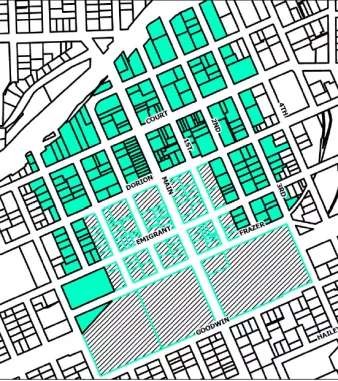The City of Pendleton has created a Historic Preservation Commission to encourage cultural heritage tourism, among other things. Another of the commission’s duties is to recommend changes in the rules to promote historic preservation. The Commission has recommended changes to the City’s commercial sign regulations (Ordinance 2775) for new signs installed in the Downtown Historic District. This area is defined as that area between the river and the railroad tracks and mid-block of SE 3rd St. and SW 3rd St. These recommendations were reviewed and approved by the City Planning Commission and have been forwarded to the City Council for consideration.
The City Council considered these changes at a public hearing on June 18, 2024 and the matter was tabled. The City Manager was tasked with putting together a public meeting with representatives of the Council, Planning Commission, and Historic Preservation Commission to meet with business owners and residents impacted by this proposed ordinance. A public meeting has been scheduled for 6:30 p.m. Tuesday, July 23, 2024. The agenda is available here.
The draft language of Ordinance No. 4017 is available here and at the bottom of this page.
Below are a list of frequently asked questions about the proposed regulations.

Pendleton's Downtown Historic District is defined as the area between the Umatilla River and the railroad tracks and between mid-block of SE Third Street to SW Third Street. This area is also referred to as "river to rails, 3rd to 3rd." This area is shown in a teal outline in the map to the right.
Included in the Downtown Historic District is the South Main Street Commercial Historic District, as outlined by the National Register of Historic Places Inventory. This area is show in striped gray/teal in the map to the right.
Below are some Frequently Asked Questions about the sign ordinance.


